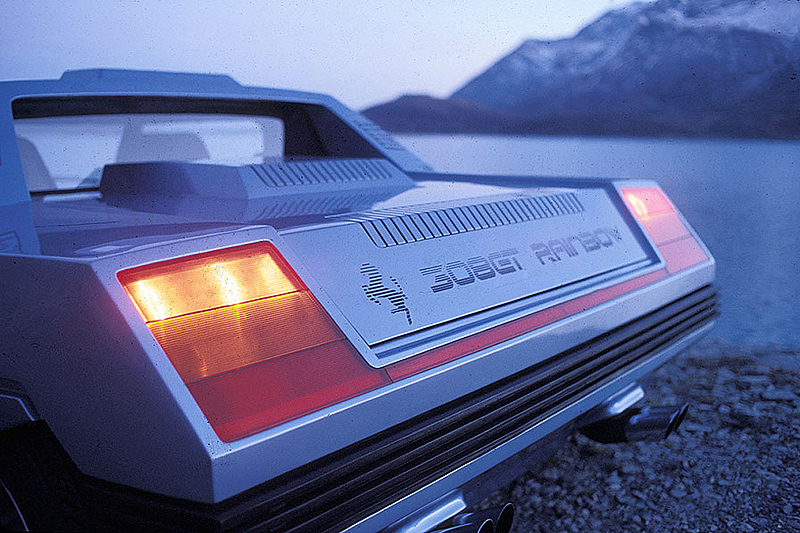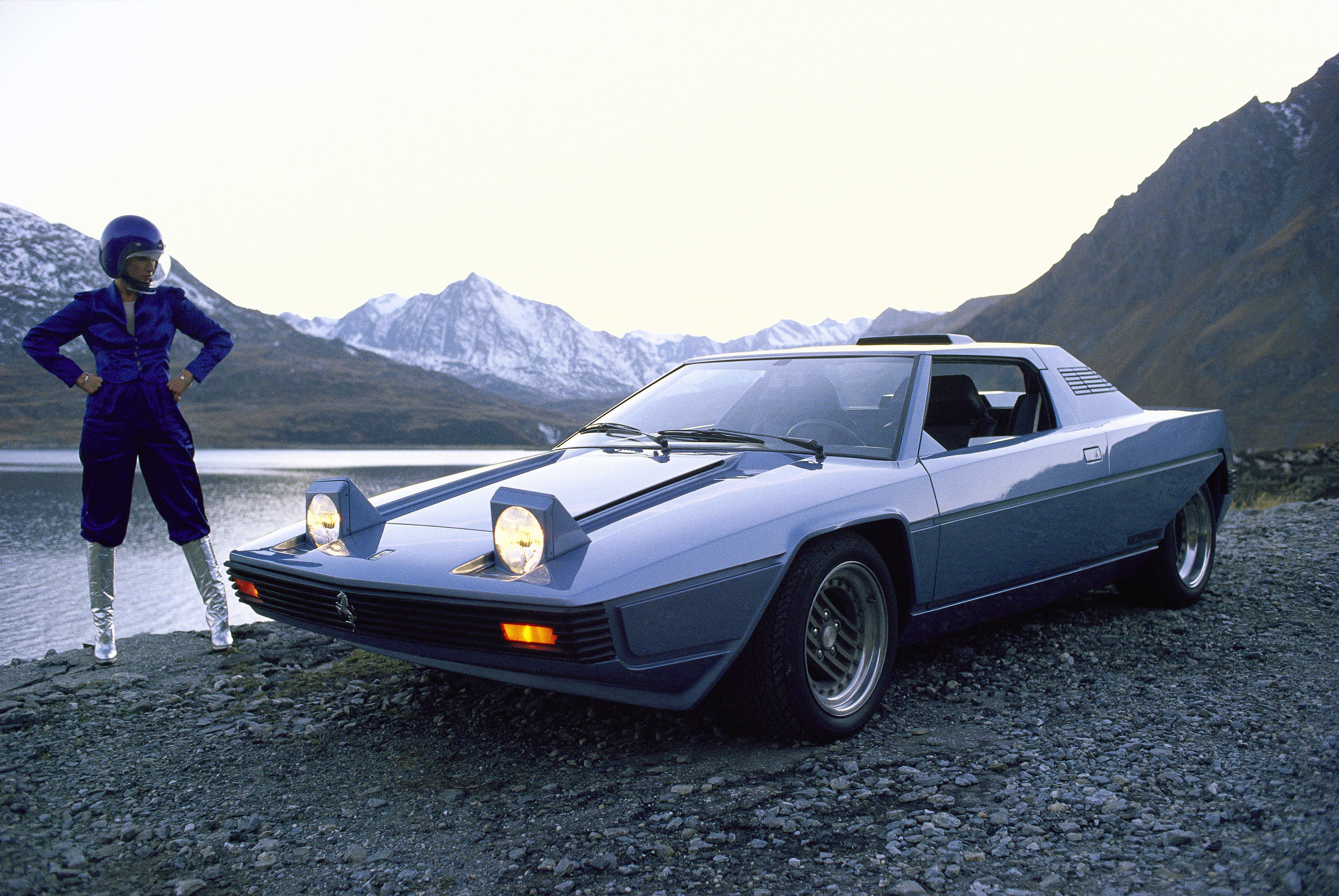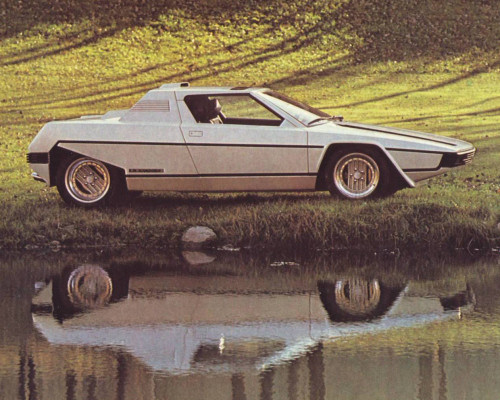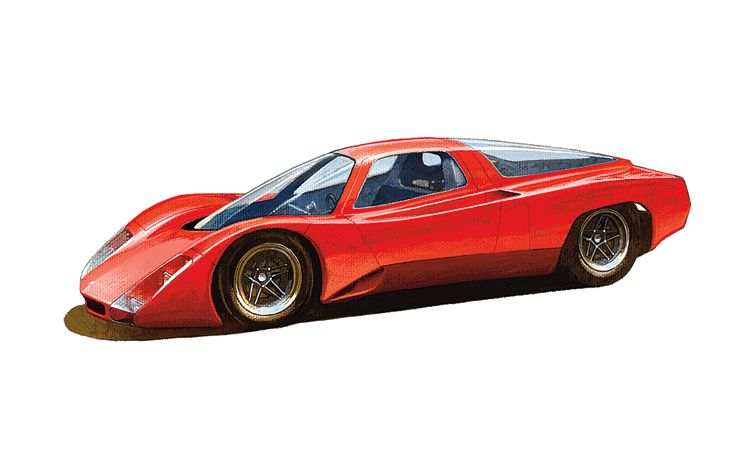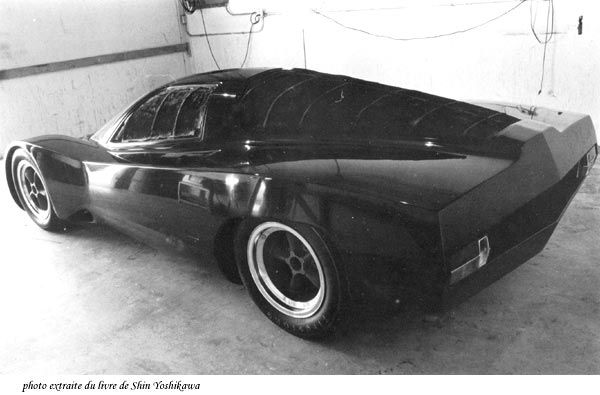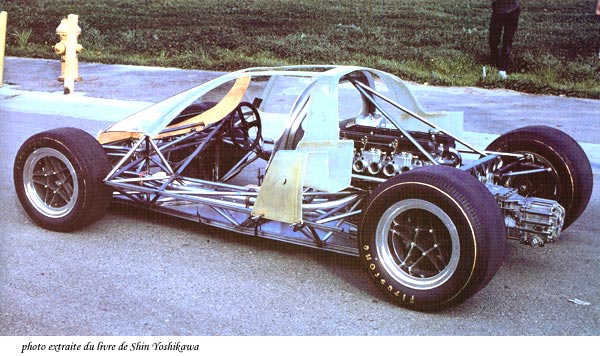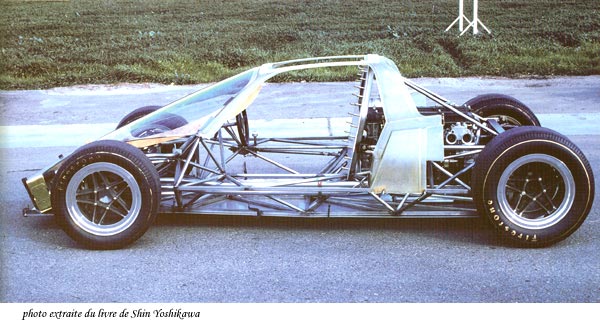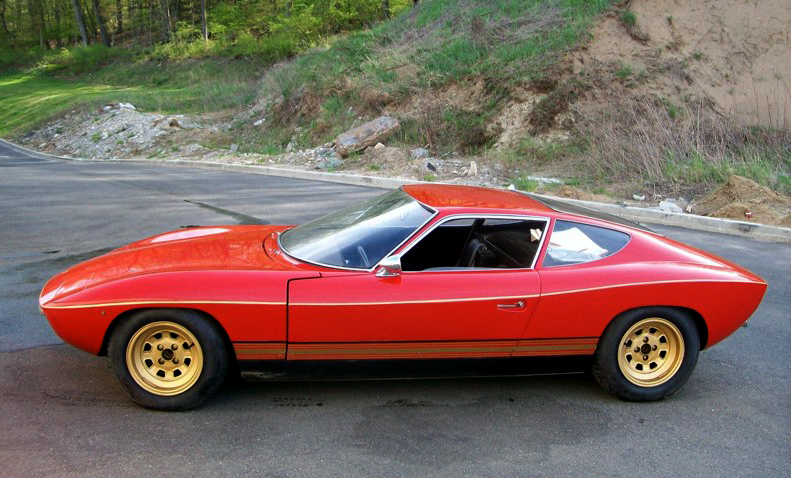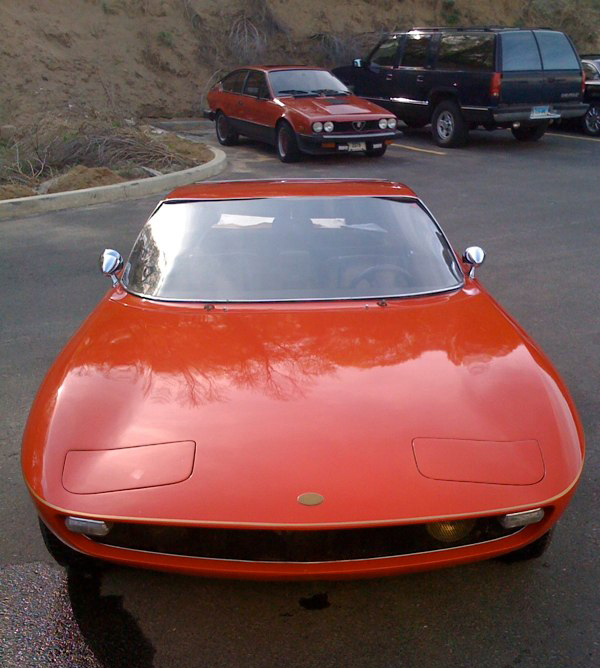Introducing the Vic Elford Edition Prototipo Chronograph
 Saturday, November 9, 2013 at 3:43PM
Saturday, November 9, 2013 at 3:43PM Our latest design at Autodromo is the all-new Prototipo Chronograph, inspired by racing watches of the late 1960s and early 1970s. The centerpiece of the collection is the Vic Elford Edition, limited to 224 numbered pieces with a booklet signed by Quick Vic himself! The color scheme of the watch is inspired by the paintwork on Elford's Porsche 907 with which he dominated the 1968 Targa Florio, winning by 3 minutes and 42 seconds, even after losing nearly 19 minutes due to wheel nuts coming lose and then a flat tire! He set multiple lap records in the process.
Head over to www.autodromo.com for full details and specs! The Prototipo is also available in white dial and black dial.

 The caseback of the Vic Elford bears a map of the Targa Florio circuit, as well as Elford's record practice lap and even faster record race lap!
The caseback of the Vic Elford bears a map of the Targa Florio circuit, as well as Elford's record practice lap and even faster record race lap!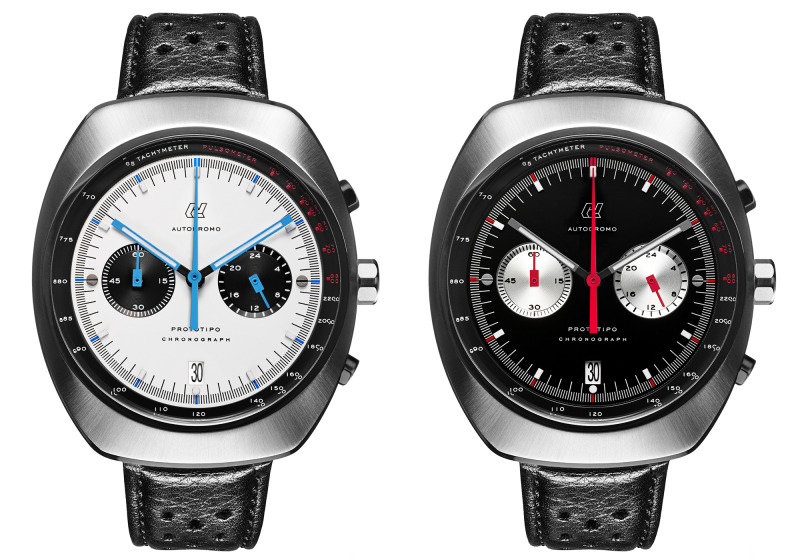
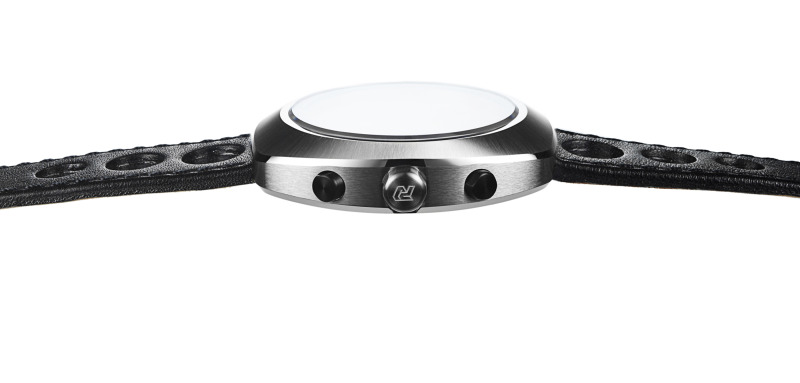
 Autodromo,
Autodromo,  Chronograph,
Chronograph,  Prototype,
Prototype,  prototipo in
prototipo in  Object of Desire
Object of Desire 



